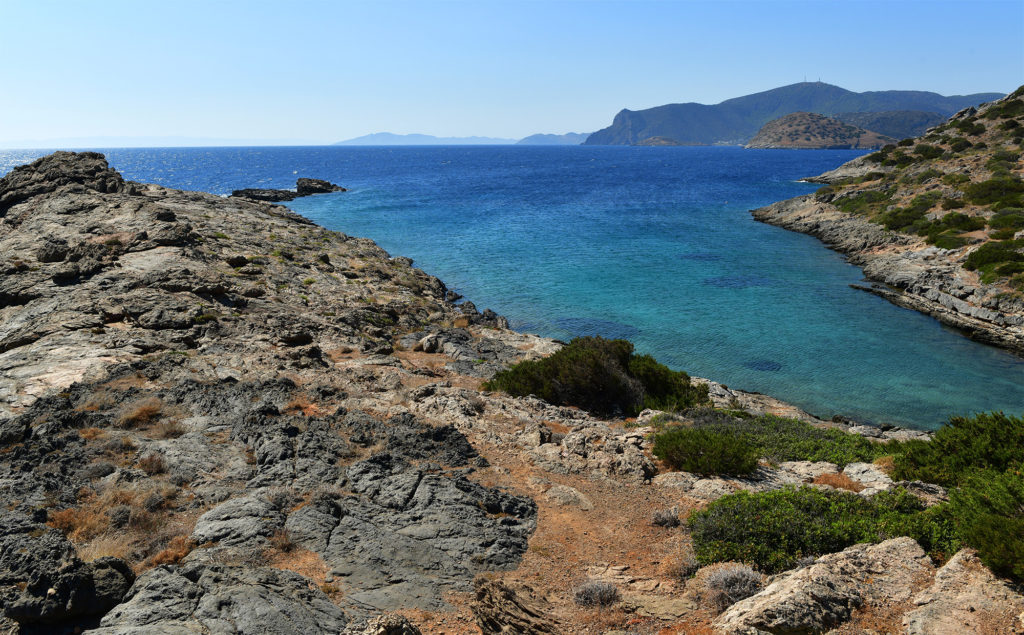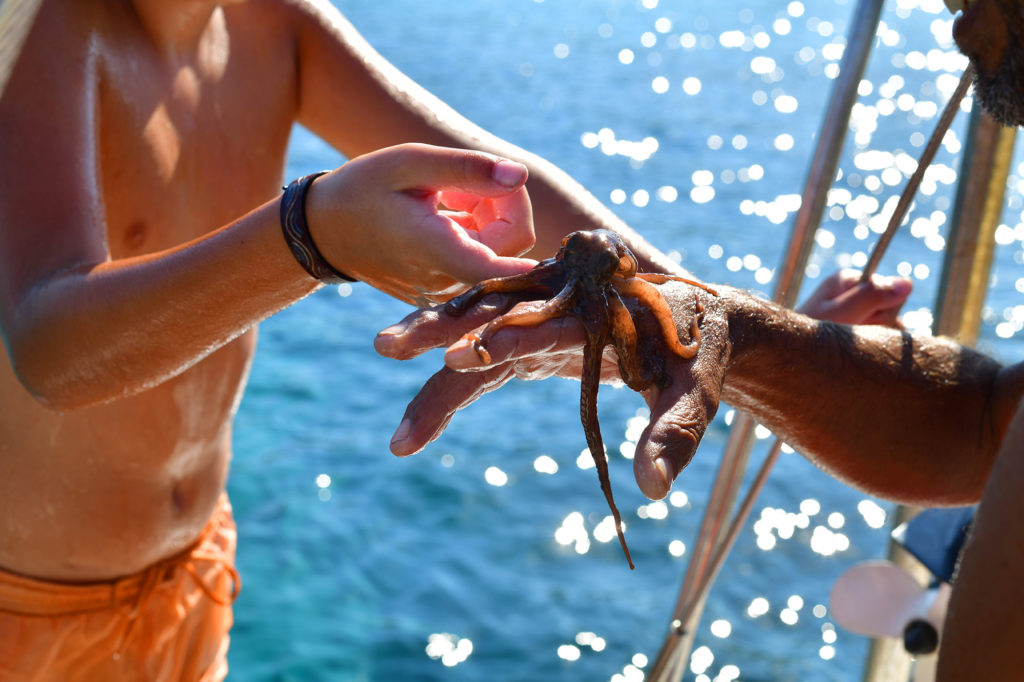
Like most everything associated with archaeological research, our carefully laid plans for a 2020 field season of the BEARS survey derailed spectacularly sometime around late March. In Toronto, the spring that followed was cold and grim in pretty much every imaginable way.
However, by early July, virus cases had waned to vanishingly small numbers in many parts of Europe, and Canada had gotten the pandemic situation sufficiently under control that Canadian residents were among the few non-EU passport-holders allowed to enter the coveted Schengen zone.
Even after it became clear that Canadians could in theory travel to Greece, we never considered trying to hack together a late-summer season of fieldwork with students or whatever archaeologists happened to be hanging around Athens or anything like that. However, we did have the idea that, since we’d found an unexpectedly large amount of material in 2019, it would be useful if we could at least get a tiny skeleton crew to spend some time in the Brauron museum working through our backlog of finds, so that everything would be up to speed heading into 2021. Although most folks ended up not being able to travel to Greece at all, or in time, we did manage to get three BEARS team members on the ground to work on cataloguing and study of our finds from 2019 this past August (no Goldilocks, unfortunately). The purpose of this post is to provide an update on the very tiny BEARS 2020 project, such as it was.
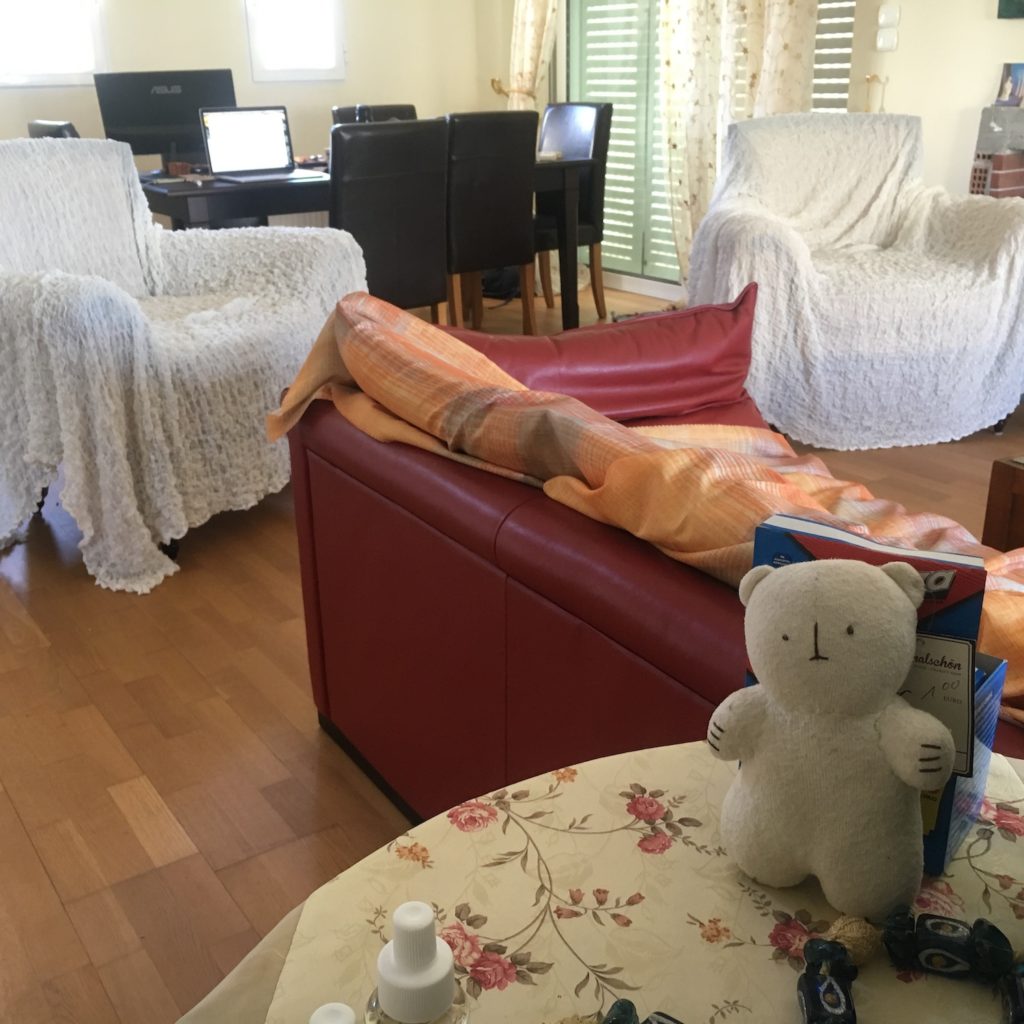
Skeleton season BEAR #1 was me, yer faithful blog correspondent and project co-director. After a week of scuffling with Air Canada agents (even as a person with Canadian permanent resident bona fides, it sure is not great to be traveling on a US passport these days) and the acquisition of official-looking transit papers from the extremely helpful Greek consulate in Toronto, I flew to Athens on July 11. Coming on the heels of 4 months of barely leaving my apartment, the trip felt majorly miraculous. My first priority was to get up into the mountains for some cobweb-shaking-off hikes among the big peaks of the Pindos, which took a couple of weeks. Once that was out of my system, I settled into Porto Rafti and Brauron to get down to the business of bulk cataloging finds from BEARS 2019.
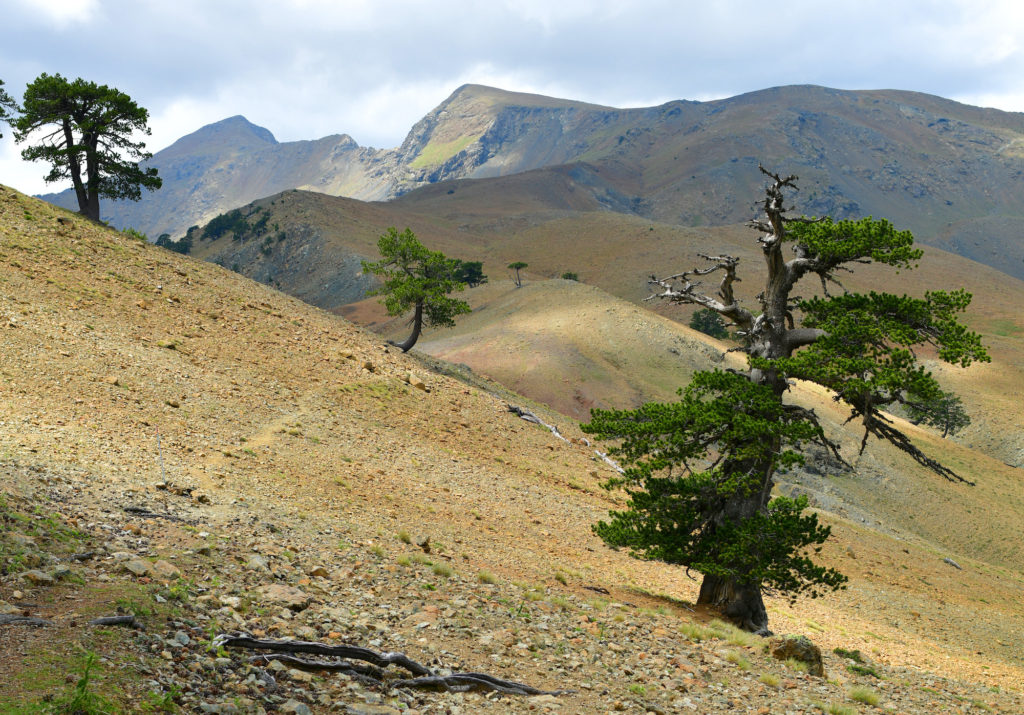
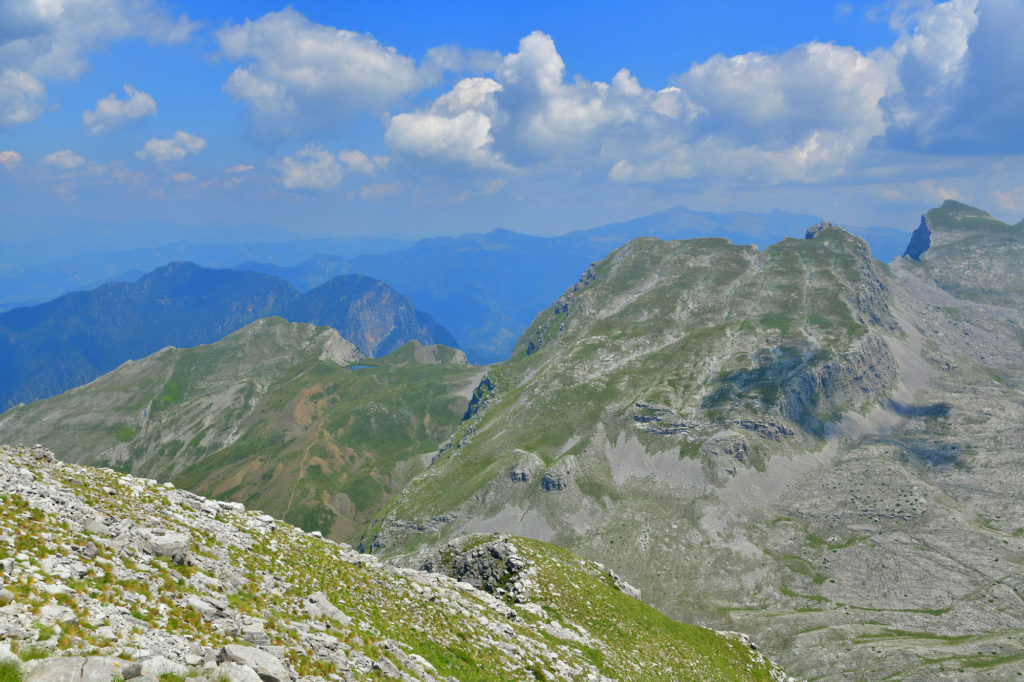
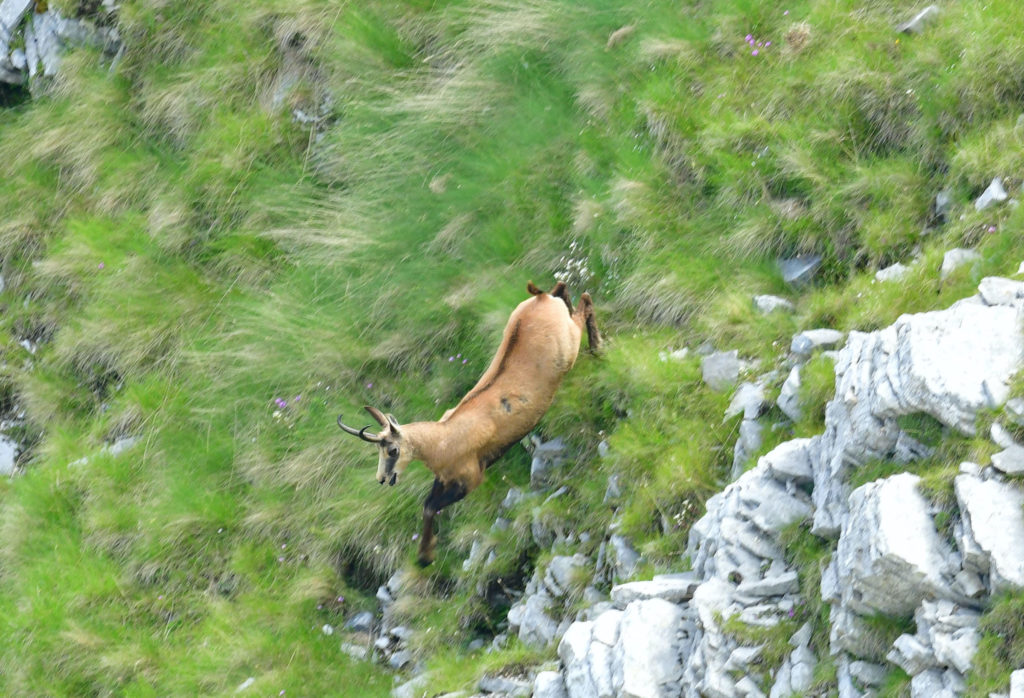
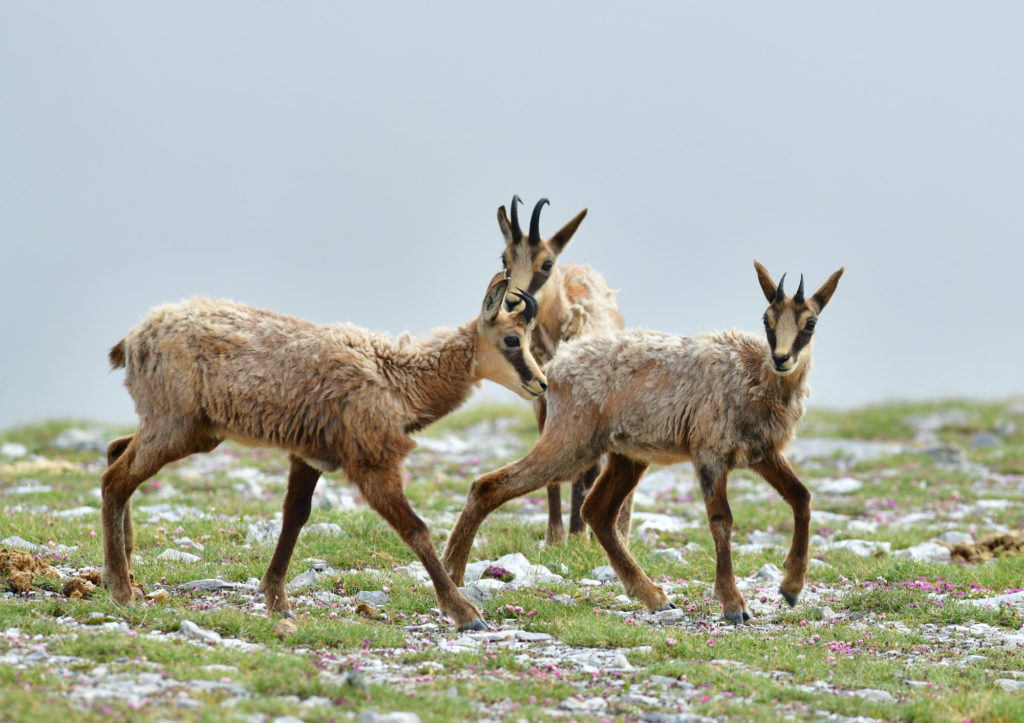
In addition to a whole series of forms containing information about survey units, the BEARS database integrates two finds catalogues: one for inventoried finds and one for bulk finds. I know databases are not the most exciting topic for blog posts, so I won’t go into too much detail about the many wonderful intricacies of the forms. The idea is that every single object collected in the survey is represented/accounted for in the bulk finds catalogue and given a bulk finds number, while only select objects (say, sherds that are very well-preserved, very datable, etc.) are pulled out, given an inventory number, and described/analyzed in more detail.
Our finds experts are the ones who will ultimately go carefully through the pottery from each unit and make the decisions about which finds should be inventoried, since they are the ones who are trained to know which sherds might be especially informative or important. Cataloguing bulk pottery is not quite as sensitive a task. The idea is to produce a comprehensive log of finds from a unit, so that someone can look at the form for any individual survey unit and get an immediate sense of its finds: how many krater rims or kylix stems, what distribution of sherds from different periods, fine wares vs. coarse wares, etc. To me it also seems just generally desirable to have a specific number attached to every find from the survey, however worn or seemingly uninteresting, from the point of view of Stackenblochen principles.
In practice bulk cataloguing involves trying to impose some kind of informational order on the chaos of a bag of unsorted sherds: sorting coarse and fine wares, separating out different kinds of feature sherds (bases, handles, rims, etc.) or sherds that all come from the same vessel shape, that kind of thing. Then each sherd or group of sherds is given a lot number and entered into the bulk catalogue, along with basic information: shape, fabric description, etc.
Since our small 2019 lab team was overwhelmed just keeping up with basic processing of all of the finds we brought in from the field, literally zero bulk cataloguing was done last summer, which is not so great, since we collected over 6,000 sherds. I lost a fair amount of sleep over the winter thinking about the sorry state of our finds catalogues, to be honest. In a way it was really helpful to have 2020 “off” from fieldwork so that there was time to catch up.
Unfortunately, I am also the last person that anyone would want to be tackling this activity. This summer was the first time that I’ve spent any time whatsoever working on finds in the lab, and I felt very fish out of water getting into it and trying to make sense of our many, many large bags of pottery. It turns out that it is helpful to have, say, at least a basic grasp of the vocabulary that ceramicists use to describe things like fabrics when cataloguing thousands upon thousands of survey sherds.
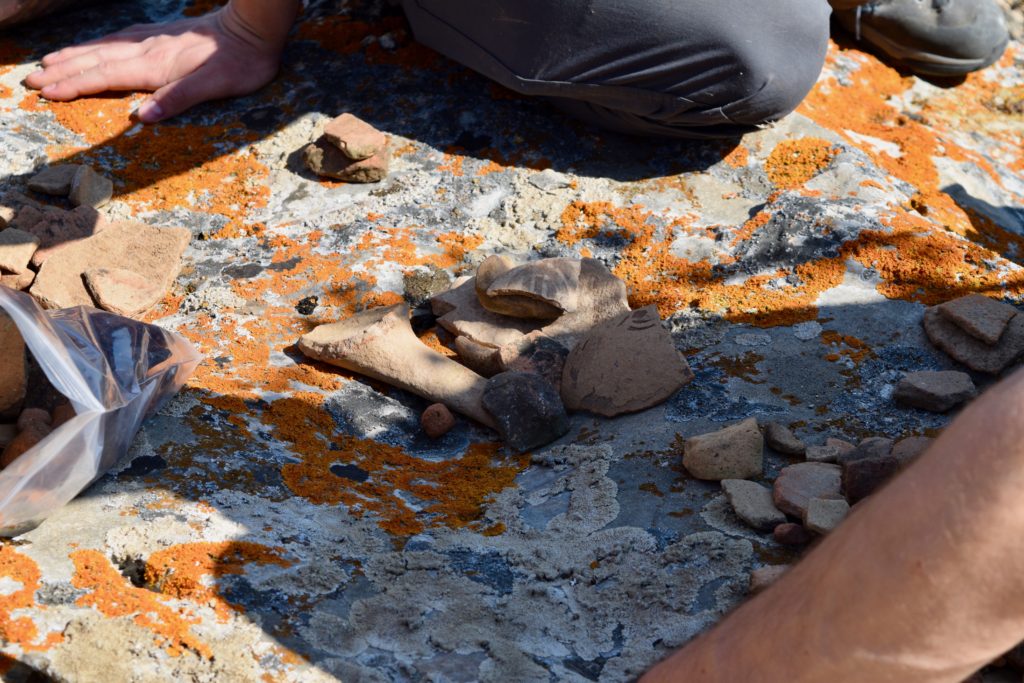
Fortunately, I was joined in the first week of August by Skeleton Crew BEAR #2, Bartek Lis, who drove/ferried down from Poland. Bartek knows more about pottery, especially LH IIIC pottery in our region, than pretty much anyone. He’s also been restudying the pottery from the neighboring Perati cemetery, so he is definitely the Mycenaean ceramicist that we need to have studying our Late Bronze Age material. I also happen to have been friends with Bartek for almost my entire adult life – he is one of the very first people that I ever met on a Greek archaeological project, in fact: back at Mitrou in 2004. I learned an immense amount from working with him in the museum, and he was able to get me up to speed on the basic characteristics of our Raftis assemblages pretty quickly. It was a great reminder that even elderly people like me can learn some new tricks occasionally. Now I can identify a piece of a krater rim or a deep bowl handle, and even some of our local fabrics like white ware and the normal Raftis cookware, without thinking about it too much. This was very helpful when sorting all of the finds from Raftis, because, oh boy, did we collect a lot of deep bowl handles out there.
Bartek was obviously not just in town to help me figure out how to describe bulk finds. Much more of his time was spent analyzing the sherds he’d inventoried last year in more detail and pulling out new finds to be inventoried. He found some amazing and surprising stuff; we have lots of really interesting new insights and questions about the Raftis assemblage just from his short visit this summer, and there are still many units he did not have time to get through. But I’m not going to spoil all the fun by saying too much about those finds just yet.
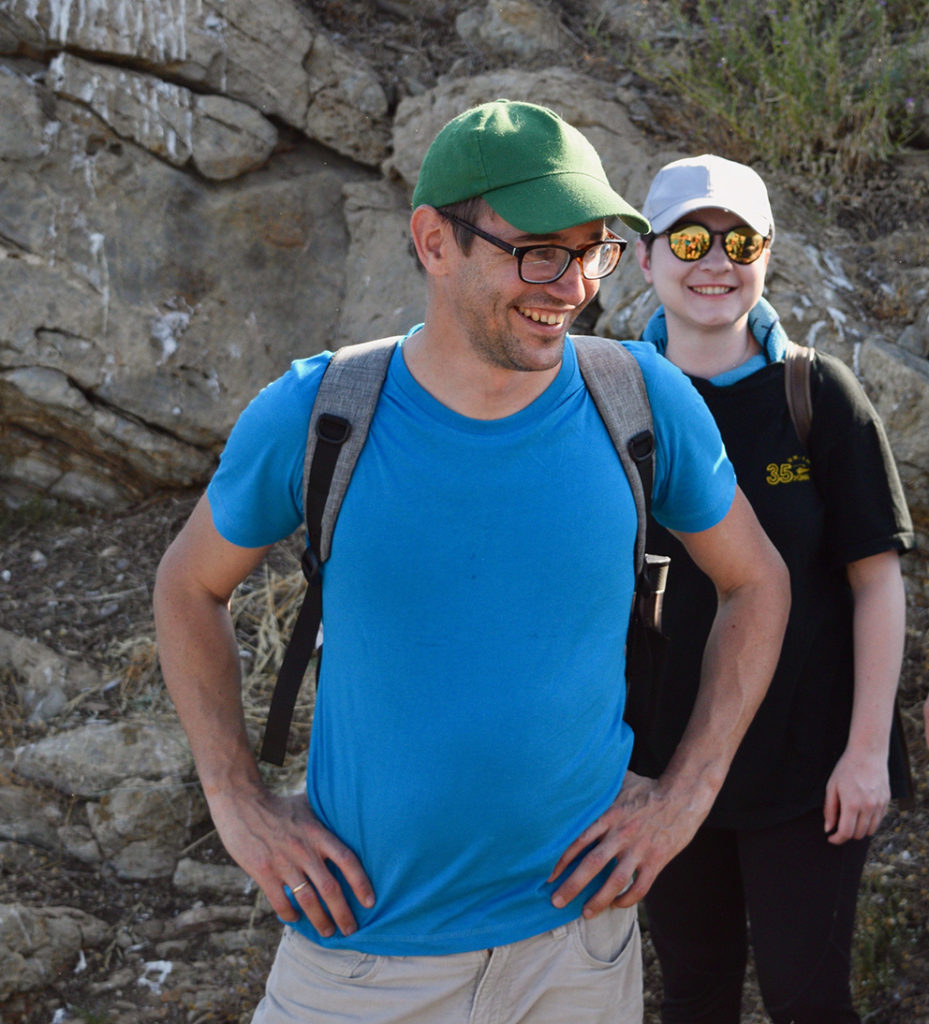
Alas, someone as skilled and awesome as Bartek is always in high demand, so after a week of work revealing many new mysteries and secrets of Raftis pottery, he was off to Volos. Following a lonely week of manic cataloguing, I was joined for the last two weeks of August by BEARS Skeleton Crew member #3, Melanie Godsey. Melanie is a PhD candidate at the University of North Carolina-Chapel Hill who is studying our Classical and Hellenistic pottery, especially the Koroni finds, amidst a multi-year stretch of living and working in Athens at the American School of Classical Studies. She worked on Koroni for her MA thesis and study of the pottery from old excavations on the site will form part of her PhD thesis, so she is, like Bartek, really The Person that we want dealing with the Koroni finds from our survey. And, like Bartek, she was very generous in sharing her expansive knowledge about how to identify and date historic pottery, especially amphoras, with a very ignorant project director. In just 2 short weeks she powered through all of the Koroni finds from 2019 and produced a detailed report of her conclusions: this was quite an excellent development, since we didn’t really know much about those finds at all before her visit in 2020. Melanie also happens to be excellent company, and I was glad to have a friend around for early morning swims and even the occasional evening beer and nachos.

By the end of the season, our tiny team of three accomplished quite a lot – after one more week of photography and data entry in early September I’d completed the bulk pottery catalogue, which now includes every single sherd collected in 2019, and Melanie and Bartek had inventoried over 400 objects from Raftis and Koroni.
Although it was cool to have a new experience, I don’t think I’d want to spend five weeks sorting pottery again: as a creature of the mountains, being in the museum all of the time made me feel pretty weird and cagey. Somehow it was even more tiring than working in the field, too – now I understand why the lab teams need so many coffee breaks.
Aside from yawny museum days, there was plenty of time to get outside and enjoy the beautiful environs of eastern Attica, too. The hours of the Brauron Museum dictated our work schedule, so outside of 9–4pm Mon–Fri a person was free to roam. I got into a good daily routine of running every morning around sunrise, and then swimming in the sea for awhile before work. This is the view in morning light from my usual swimming spot at the south of town:

Not a bad way to start the day. In the afternoons I’d usually hike around for a few hours, either on the trails atop the Perati massif to the north and the Mavronori cliffs to the south, on Koroni, or off-piste in the mountains southwest of town, between the bay and the archaeologically rich area of Merenda (now home to the world’s most elegant and harmoniously sited hippodrome). I met a few very handsome foxes, and accumulated an extensive collection of photos of Porto Rafti from nearly every possible direction. Overall I would give the summer’s swimming and hiking achievements a solid 5 stars. Last summer, in contrast, I only swam twice, if you can believe it, and I met zero foxes.
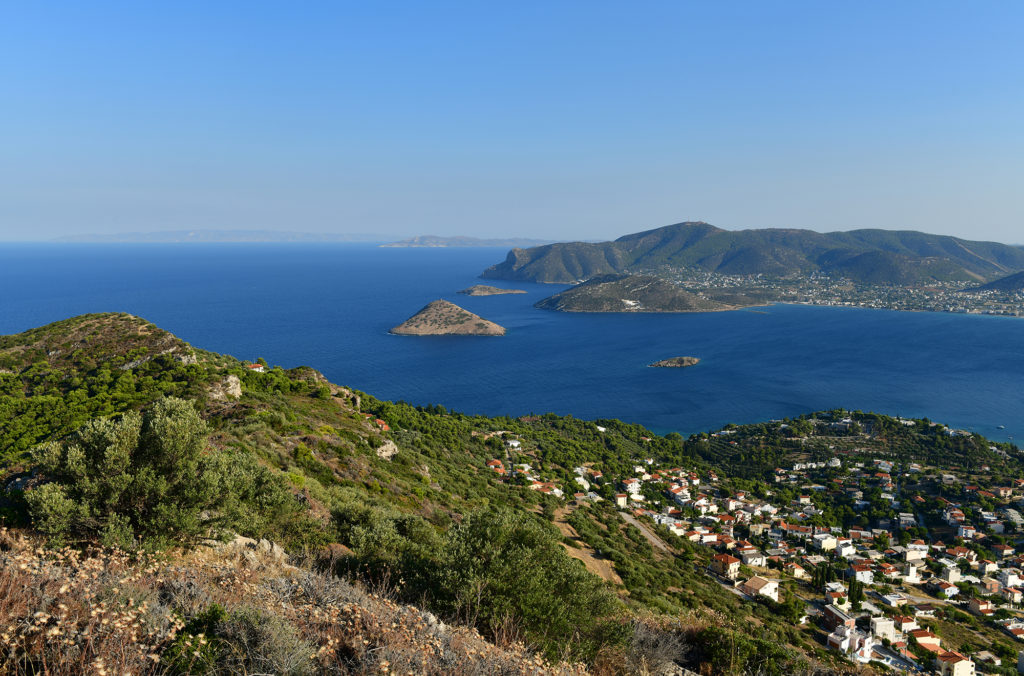
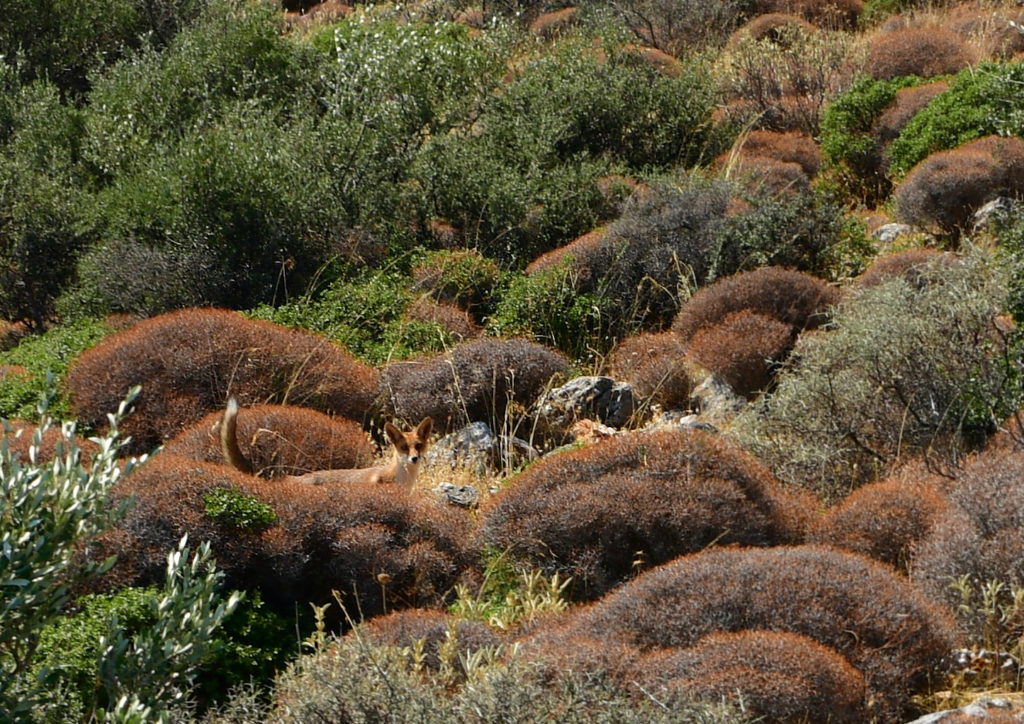
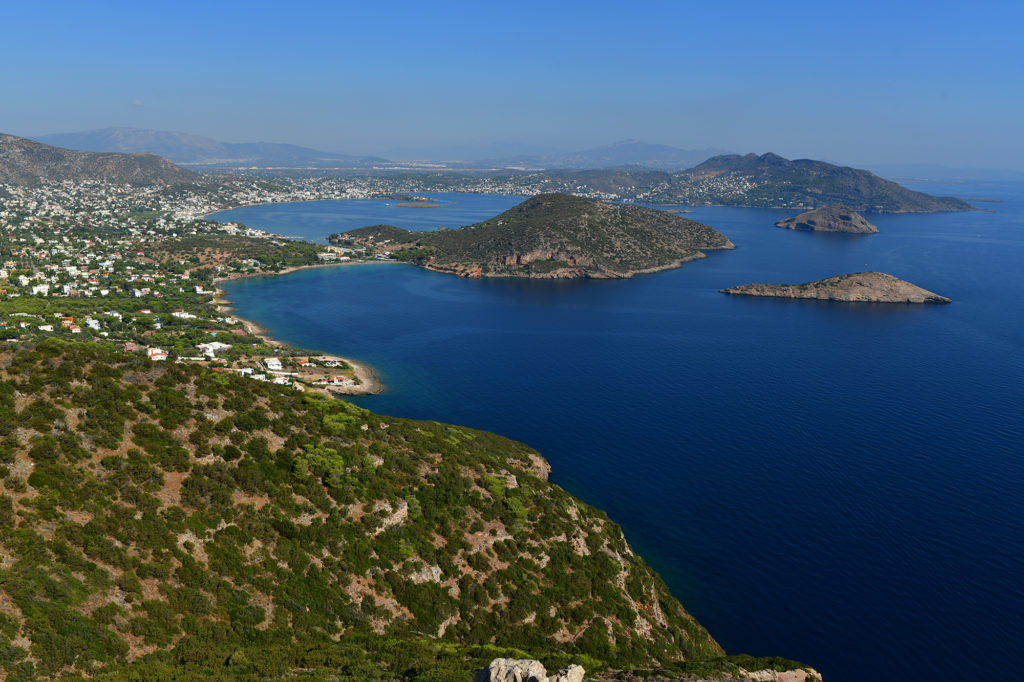
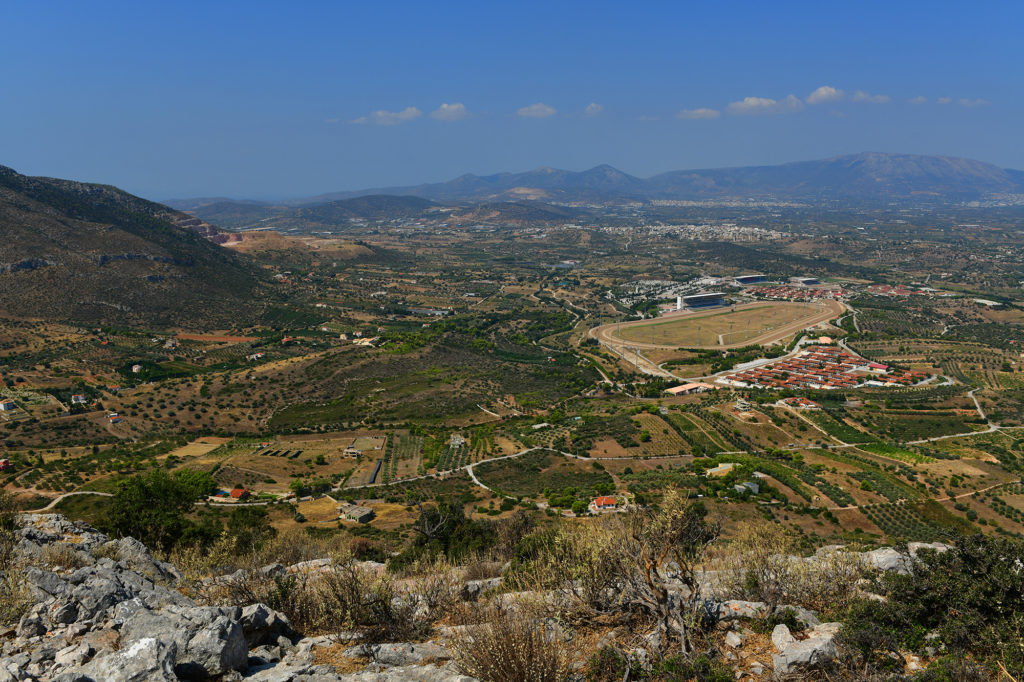
Another great development this summer was that we began seeding closer relationships with some other colleagues and projects working nearby in Attica, especially the Belgian/Greek project currently underway at Thorikos. Nikos Papadimitriou hosted Melanie, roving tile consultant Phil Sapirstein, and me for an incredible tour of the site, and also showed us some of the cool finds they’ve been pulling out from Stais’ leftovers the Lavrio museum. We all learned a lot. The following week I recruited our friend and boat captain Vasilis Miliotis to take some of us on a sail from Porto Rafti to Lavrio and back so that we could get a sense of the maritime route between the two sites. Of course, there was some afternoon boat swimming as well. This is an excellent method of forming collegial relationships. I recommend it to everyone!
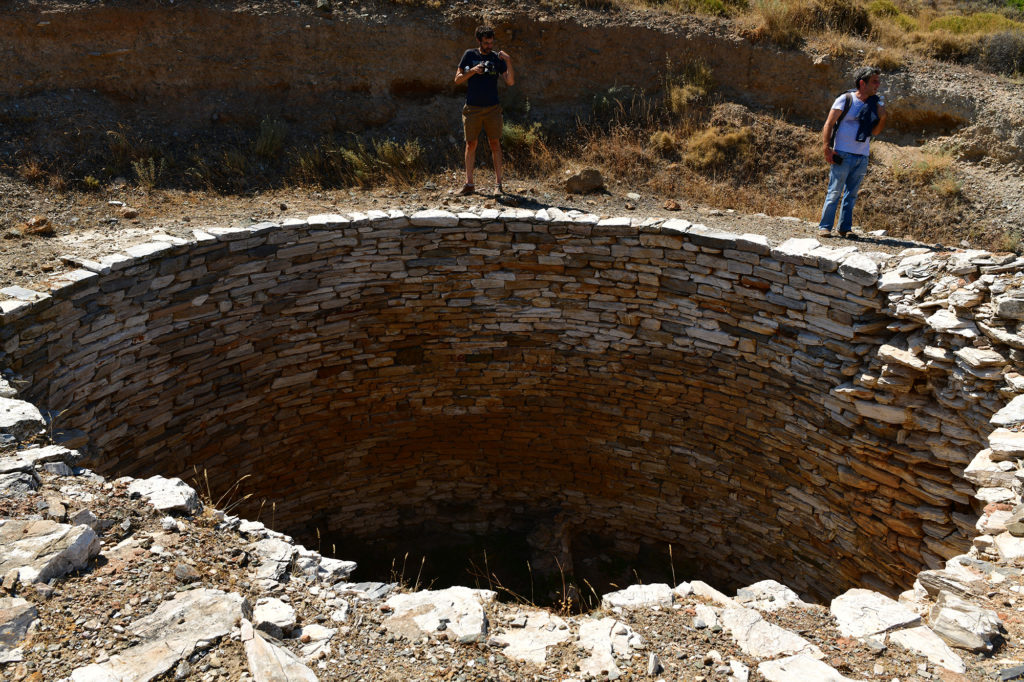
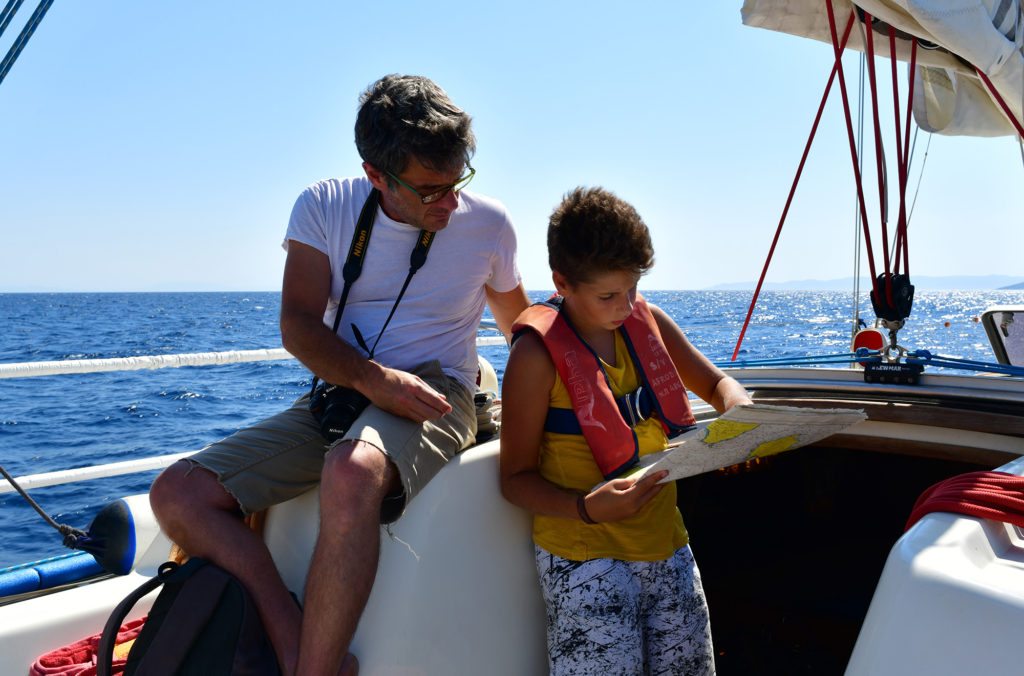
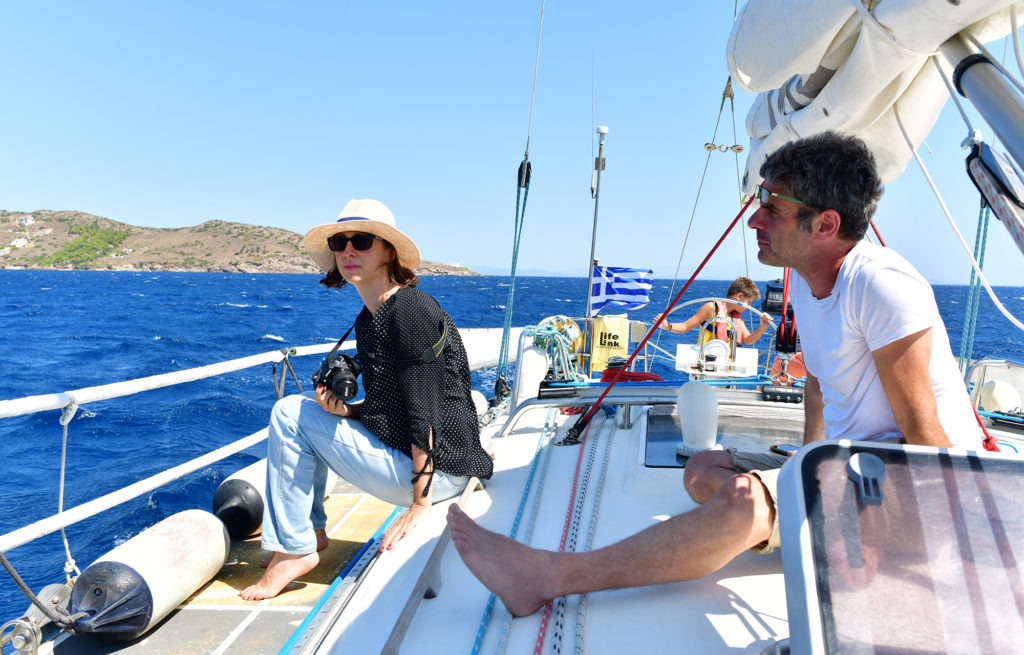
All in all it ended up being one of the most enjoyable summers that I’ve had for a long time. It’s always the best to be in Greece under any circumstances, of course, but I certainly appreciated it more this year because it seemed for a long time like we might not be able to travel at all. It was also a much more relaxing schedule than normal, since pretty much everything was canceled and there weren’t too many people around. I mean, we did get a lot of work finished that really needed to get done on BEARS; and much work was done generally, outside of hiking and swimming hours. But usually there is so much going on and so much to do that you hardly take the time to just stop worrying about dumb work stuff and enjoy the many succulent pleasures of summer in a glorious place.
